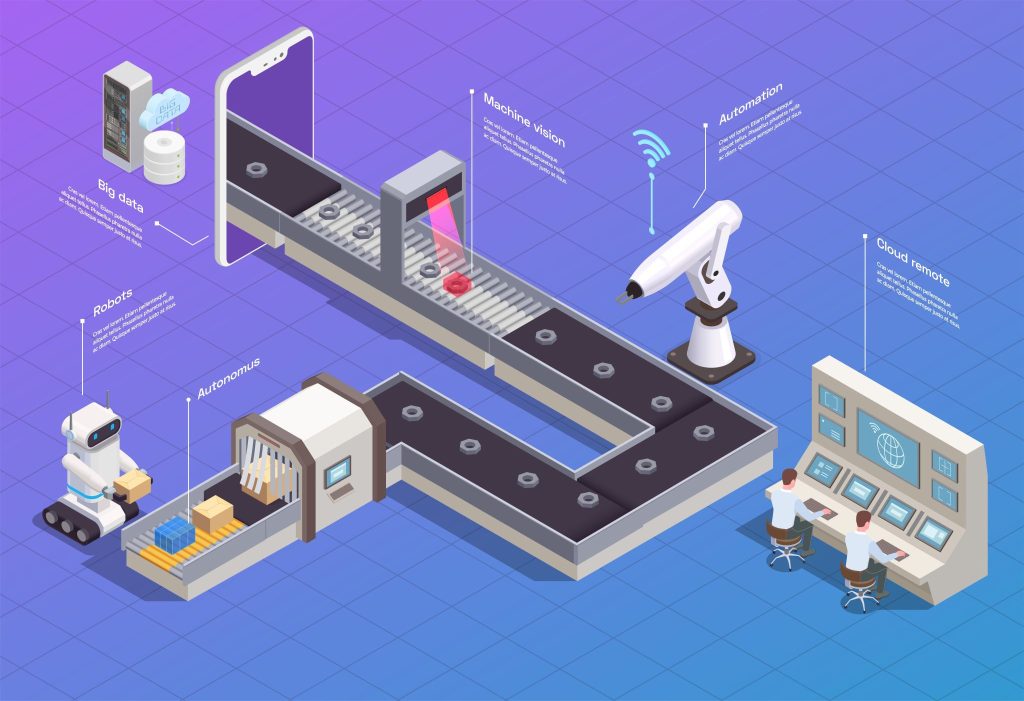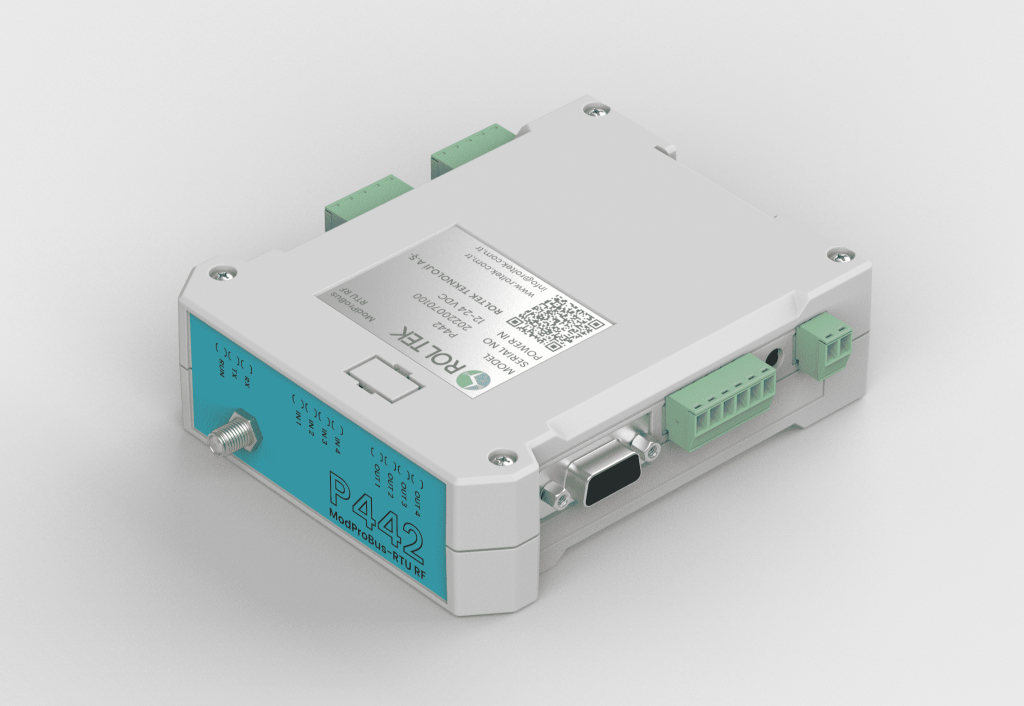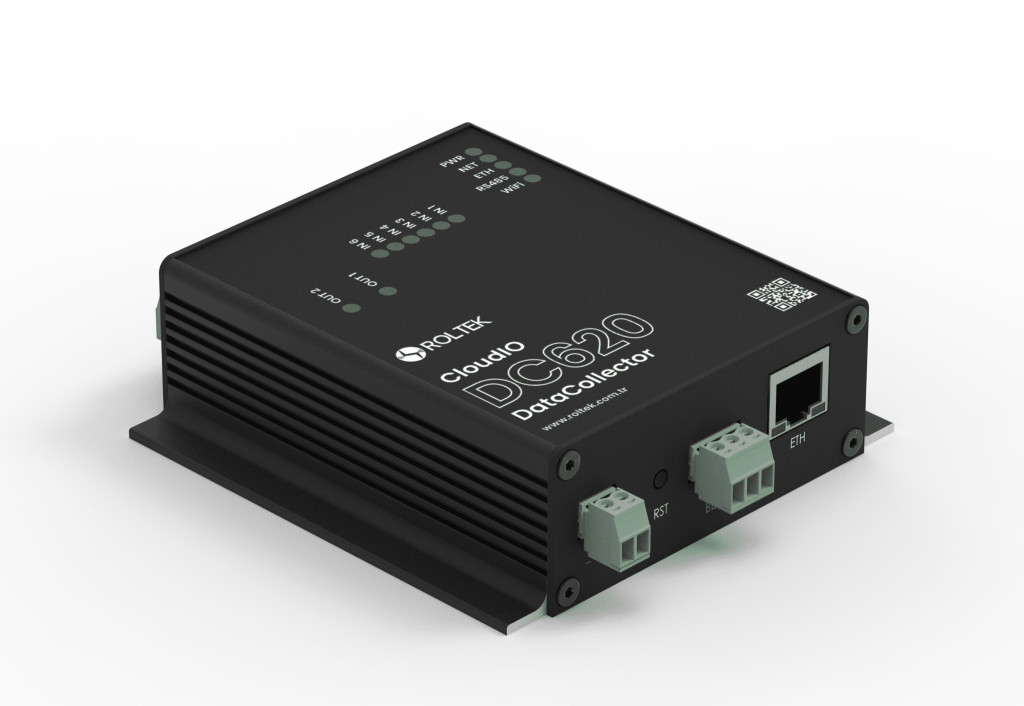Wireless connectivity of industrial systems marks a remarkable transformation in today’s rapidly evolving technological landscape. This blog post will go over our wireless communication solutions for difficult industrial industries. Additionally, you will explore the impact of these technologies on business efficiency, security and flexibility. The paper will emphasize the role of cutting-edge technologies like industrial IoT and 4G in this shift. It will provide valuable information for professionals looking to develop strategies in this industry. Continue reading this article to learn about the necessity of remaining current on wireless connectivity in industrial systems and designing future manufacturing.
Industrial Wireless Networks: A New Era of Efficiency and Flexibility
Wireless networks have emerged as important carriers for modern organizations, ushering in an era of significant transformation. These technologies have become a critical tool for many industrial applications, from manufacturing facilities to power plants, offering greater efficiency and flexibility than traditional cable-based networks. Fast data transmission and remote access opportunities offered by industrial wireless networks help businesses optimize their processes and make faster decisions.

Benefits of Wireless Technologies to Industrial Systems
The transition of industrial systems to wireless technologies brings with it many important benefits. First of all, wireless connections enable industrial facilities to be more flexible and scalable. The restrictions of traditional wired connections are removed, allowing for faster device movement and addition. Additionally, wireless communication can improve the efficiency of industrial systems. While data collection and analysis processes are accelerated, decision-making processes are improved. This increases productivity and product quality. However, wireless technologies also make maintenance of industrial systems easier. Thanks to remote monitoring and diagnostic capabilities, malfunctions are detected and prevented faster. This can minimize production disruptions. Wireless technologies help industrial systems remain competitive while reducing costs and increasing operational efficiency.
Security of Wireless Connection: Challenges in Industrial Systems
Although wireless industrial system connections offer numerous advantages to enterprises, they also pose substantial security risks. These systems are particularly vulnerable to cyber threats because they carry sensitive data and manage critical operations. Wireless communications are potentially accessible to malicious actors because data is transmitted over the air. Therefore, the security of industrial wireless connections is of great importance. Strong encryption, authentication methods, and access control are employed to protect industrial wireless networks. However, security is constantly evolving, therefore security measures must be updated as new threats develop. Additionally, the physical security of industrial wireless networks should not be ignored. Because an attacker who gains physical access can also be a potential threat. As a result, securing wireless connectivity in industrial systems necessitates a comprehensive software and hardware solution.
Power Consumption to Consider in Industrial Wireless Connection
Industrial wireless connections play a critical role in terms of power consumption. These systems are generally used in field conditions and therefore energy resources may be limited. Wireless devices and sensors can operate on batteries or batteries, and it is important to use these resources efficiently. Power consumption directly affects a device’s battery life and maintenance requirements. Therefore, the focus should be on ensuring low power consumption when designing industrial wireless connections. Energy-saving CPUs, sleep modes, and power control during data transfer are also viable options. However, excessive low power consumption will have a negative impact on communication performance. Finding the appropriate mix for industrial wireless connections is crucial for dependability and energy efficiency.

Wireless Connection in Industrial Systems: The Problem
IIt is well-known that a solution is only as powerful as its weakest link. Your production machines, no matter their cost or high-quality, will still require professional connection tools. There are different alternatives for connection equipment. However, industrial applications require reliable, robust, easily accessible and professional networking devices. Production lines are not an area to take risks with poor quality products.
Wireless Connection Solutions in Industrial Systems
Factories often have multiple different production lines. It consists of various HMIs, PLCs and sensors, all connected to a network. ModProBus RTU-P RF allows PLC, HMI, and other industrial devices to communicate over radio frequency. This means your machines can talk to each other wirelessly. It does not require any wiring and is quite useful, particularly in difficult-to-wire places. CloudIO Pro IoT Gateway product converts data in Modbus protocol to MQTT protocol. It allows the integration of field equipment data into wired and wireless networks via 4G. In this way, redundant data communication is also provided. The factory environment requires a robust device. Therefore, a product with a solid aluminum body is the best option.
ModProBus RTU-P RF Modem
ModProBus RTU-P series modems are designed for industrial automation and smart agriculture applications. With RS232 and RS485 ports, they provide secure and fast wireless radio frequency communication between many industrial machines, HMI panels, and PLCs. Thanks to the I/O connection point, you can perform digital I/O operations directly on the modem without the need for an additional device using the Modbus RTU protocol.
- Digital Input
- Relay Output
- Analog Input (0-10V or 4-20V)
- RS-485 Interface
Cloud IO Data Collector
Cloud IO Data Collector is a versatile gateway for integrating Modbus RTU devices into current IoT networks via Modbus TCP/IP and MQTT. It has a range of input and output options including 6 digital inputs, 2 digital outputs making it suitable for a variety of remote I/O applications. It also supports both Modbus TCP/IP and MQTT protocols, providing flexibility and compatibility with different network environments. The Cloud IO Data Collector is a good choice for remote device monitoring and control, as well as integration into a broader IoT system.
- Digital Inputs
- Digital Outputs
- Ethernet & RS485 Port
- Counter
FAST IoT Platform
FAST IoT Platform is designed to power the future of connected devices and smart systems. Moreover, it is equipped with various features and capabilities that will help you easily create, manage and deploy IoT applications. Some common features you can find in our IoT platform software are listed below.
Benefits of Wireless Connection in Industrial Systems
- Compact design: Easy to install, this device fits into any electronics box or server cabinet. It also takes seconds to commission using DIN rail or surface mount options.
- Wide operating temperature range: -40 to 75°C ensures reliable connection in most industrial environments.
- Economical: It broadcasts in free band with radio frequency signals. No additional communication fee is required.
In this post, we addressed how wireless industrial system connectivity gets attention in today’s fast changing technology landscape and impacts the commercial sector. We examined wireless communication solutions that respond to the complex needs of industrial sectors. Explained the impact of these technologies on business efficiency, security and flexibility. We also emphasized the importance of leading technologies like industrial IoT and 4G in this shift. This article includes useful information for experts developing a plan for wirelessly integrating industrial systems. Contact us for answers to your wireless connection challenges in industrial systems.
Follow us on social media to see our other recent posts.
Instagram: roltek2014
LinkedIn: Roltek Technology




